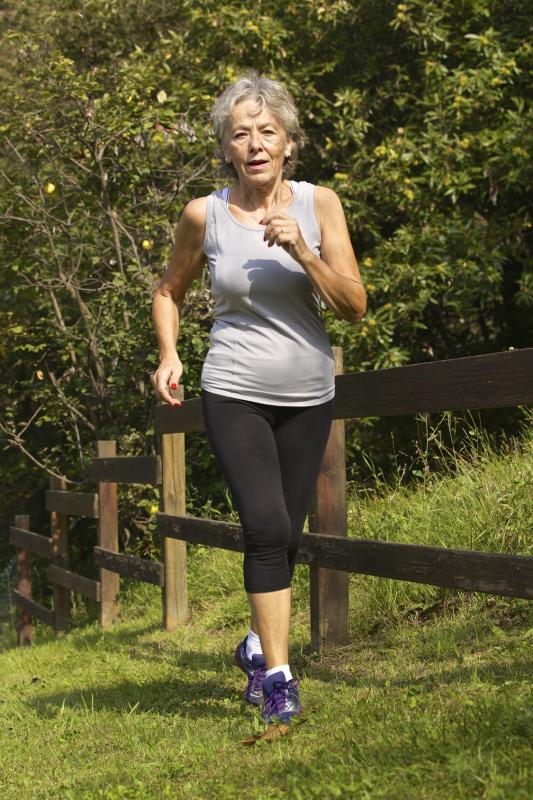
Runners appear to have a lower risk of developing type 2 diabetes (T2D) than nonrunners, suggests a study. There is also a consistent linear dose–response relationship between various running parameters and incident T2D, which supports the recommendation of running to prevent the said disease.
“We noted significant benefits of running with lower doses and intensities supporting the prescription of running to prevent T2D in adults, in addition to other healthy lifestyle behaviours,” the researchers said.
Of the 19,347 adults included in the study, 1,015 developed T2D during a mean follow-up of 6.5 years. About 29.5 percent of adults participated in leisure-time running at baseline. The risk of developing T2D was 28-percent lower (hazard ratio [HR], 0.72, 95 percent confidence interval [CI], 0.62–0.84) among runners compared with nonrunners during follow-up. [Am J Med 2019;132:1225-1232]
After adjusting for potential confounders, including levels of nonrunning aerobic physical activity, the HRs for T2D across quintiles of running time (minutes/week) were as follows: 0.98 (95 percent CI, 0.75–1.28), 0.69 (95 percent CI, 0.51–0.92), 0.62 (95 percent CI, 0.45–0.85), 0.78 (95 percent CI, 0.59–1.04) and 0.57 (95 percent CI, 0.42–0.79).
In addition, there were similar dose–response relationships seen between running distance (miles/week), frequency (times/week), total amount (MET-minutes/week) and speed (mph).
Previous studies reported on the beneficial effects of higher levels or greater volumes of physical activity against T2D. One study also found that the benefits of physical activity hinge on both amount and intensity, and that activities with higher intensity can improve coronary heart disease risk factors beyond total exercise amount, according to the researchers. [Diabetologia 2016;59:2527-2545; JAMA 1999;282:1433-1439; Arch Intern Med 1998;158:237-245]
“We also observed similar findings that runners with greater weekly running time at faster speeds, or with greater running amount with higher speeds, showed the lowest risk of developing T2D in the two joint analyses, respectively, compared with nonrunners,” they added.
Previous studies, however, were limited by the lack of detailed running information, with only a few focusing on the benefits of running. Those from the National Runners’ Health Study included runners, but not nonrunners, in their analyses and showed that running correlated with a reduced risk of T2D prevalence and incidence. [Med Sci Sports Exerc 2008;40:1740-1748; Diabetes Care 2007;30:2838-2842]
“Our study aligns with previous reports showing the substantial health benefits of running and further indicates a possible protective effect and linear dose–response relationship between leisure-time running and incident T2D in adults,” the researchers noted.
The current study included adults aged 18–100 years who were free of cardiovascular disease, cancer and diabetes at baseline and who received at least two extensive preventive medical examinations between 1974 and 2006. Self-reported leisure-time activities were used to evaluate running and other types of aerobic physical activity.
T2D was defined as fasting glucose ≥126 mg/dL (7.0 mmol/L), physician diagnosis or insulin use.